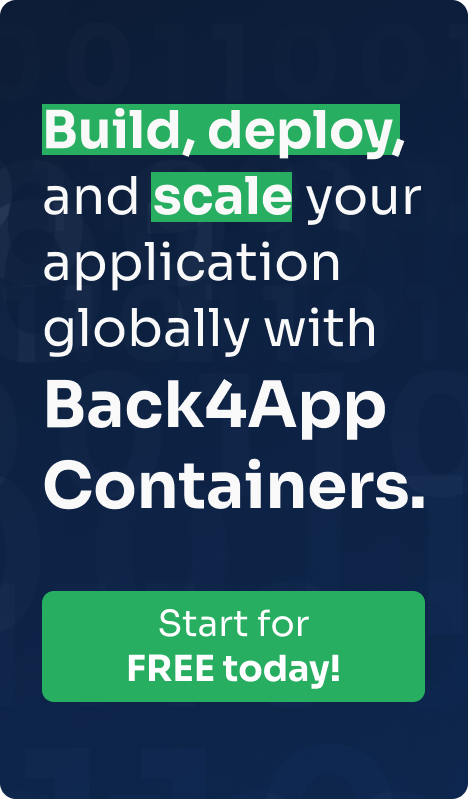Serverless computing is a new entrant in the world of cloud computing and is gaining rapid popularity among organizations.
This new computing model removes the need for IT teams to manage the backend infrastructure offered by cloud computing providers, allowing developers to focus solely on improving the frontend code and thereby enhancing the end-user experience.
Instead of paying for pre-determined computing resources, the organization only pays for the resources utilized by its application.
This model not only reduces development costs but also allows the company to expedite the app development process in certain cases. Consequently, it is becoming increasingly popular and a core aspect of distributed computing going forward.
While serverless computing does use servers (there is nothing truly serverless, it’s just marketing), it does remove the burden of server management and planning aspect of cloud computing.
For workflows that only focus on delivering excellent frontend, serverless computing models can be a significant contributor to improving productivity.
However, when hosting complete applications, developers might need some level of control over the deployment process. A platform as a service implementation can be of use in these instances, enabling development teams with the flexibility required to build and manage full-stack modern applications.
In the following post, we compare three cloud computing providers, i.e., Vercel, Netlify, and Heroku. We try to distinguish the features and pricing of each model. If you have been wondering about using one of the following for your upcoming projects, the following process should help you make an informed decision.
Read More


